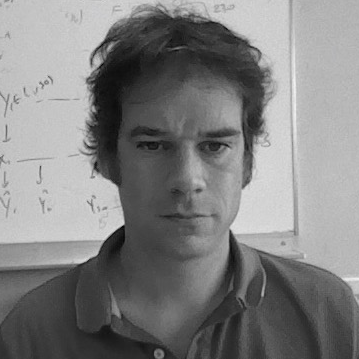Deep Learning Remote Sensing Data
A special issue of Sensors (ISSN 1424-8220). This special issue belongs to the section "Remote Sensors".
Deadline for manuscript submissions: closed (30 January 2019) | Viewed by 77722
Special Issue Editors
Interests: ocean monitoring and surveillance; satellite ocean remote sensing, data-driven approaches for inverse problems
Interests: electromagnetic and acoustic systems; inverse problems; machine learning; multiscale/multiresolution signal and image processing
Special Issues, Collections and Topics in MDPI journals
Special Issue Information
Dear Colleagues,
Remote sensing technologies have greatly widened our ability to remotely monitor the environment in a broad sense. For instance, satellite sensor technologies provide unprecedented means for space and Earth observations, whereas underwater technologies have greatly evolved to monitor marine environments. At much finer scales, we may also cite the development of wireless, wearable and/or implantable sensors, which provide new means to monitor individual behaviours and their environment. The resulting deluge of data acquired by these sensors provides a unique opportunity to develop new remote-sensing-based tools and services. Deep learning has rapidly become the state-of-the-art in machine learning with significant breakthrough on reference benchmarks in classification, forecasting, reinforcement learning, etc.
This Special Issue aims to highlight advances in the development and evaluation of deep learning models for remote sensing data. Topics include, but are not limited, to:
- Deep learning architectures for remote sensing image data (e.g., spaceborne and airborne imaging sensor data, sonar imaging data, embedded cameras, etc.)
- Deep learning architectures for remote sensing time series (e.g., image time series, trajectory data, etc.)
- Computational models for the inversion of remote sensing data
- Optimization and context-aware adaptation of remote sensing monitoring strategies
- Transfer learning and multi-source data fusion, including synergy between remote sensing data, in situ data and/or numerical simulation data
- Development and evaluation of new services and applications combining remote sensing data and deep learning
We encourage the authors to complement submitted manuscripts with repositories and/or containers for supplementary material, especially for a reproducible research.
Prof. Fablet RonanDr. Alexandre Baussard
Guest Editors
Manuscript Submission Information
Manuscripts should be submitted online at www.mdpi.com by registering and logging in to this website. Once you are registered, click here to go to the submission form. Manuscripts can be submitted until the deadline. All submissions that pass pre-check are peer-reviewed. Accepted papers will be published continuously in the journal (as soon as accepted) and will be listed together on the special issue website. Research articles, review articles as well as short communications are invited. For planned papers, a title and short abstract (about 100 words) can be sent to the Editorial Office for announcement on this website.
Submitted manuscripts should not have been published previously, nor be under consideration for publication elsewhere (except conference proceedings papers). All manuscripts are thoroughly refereed through a single-blind peer-review process. A guide for authors and other relevant information for submission of manuscripts is available on the Instructions for Authors page. Sensors is an international peer-reviewed open access semimonthly journal published by MDPI.
Please visit the Instructions for Authors page before submitting a manuscript. The Article Processing Charge (APC) for publication in this open access journal is 2600 CHF (Swiss Francs). Submitted papers should be well formatted and use good English. Authors may use MDPI's English editing service prior to publication or during author revisions.
Keywords
- Remote sensing big data
- multi-source/multi-scale/multi-time synergies
- new learning-based strategies for inverse problems
- new learning-based services and applications
Benefits of Publishing in a Special Issue
- Ease of navigation: Grouping papers by topic helps scholars navigate broad scope journals more efficiently.
- Greater discoverability: Special Issues support the reach and impact of scientific research. Articles in Special Issues are more discoverable and cited more frequently.
- Expansion of research network: Special Issues facilitate connections among authors, fostering scientific collaborations.
- External promotion: Articles in Special Issues are often promoted through the journal's social media, increasing their visibility.
- e-Book format: Special Issues with more than 10 articles can be published as dedicated e-books, ensuring wide and rapid dissemination.
Further information on MDPI's Special Issue polices can be found here.







